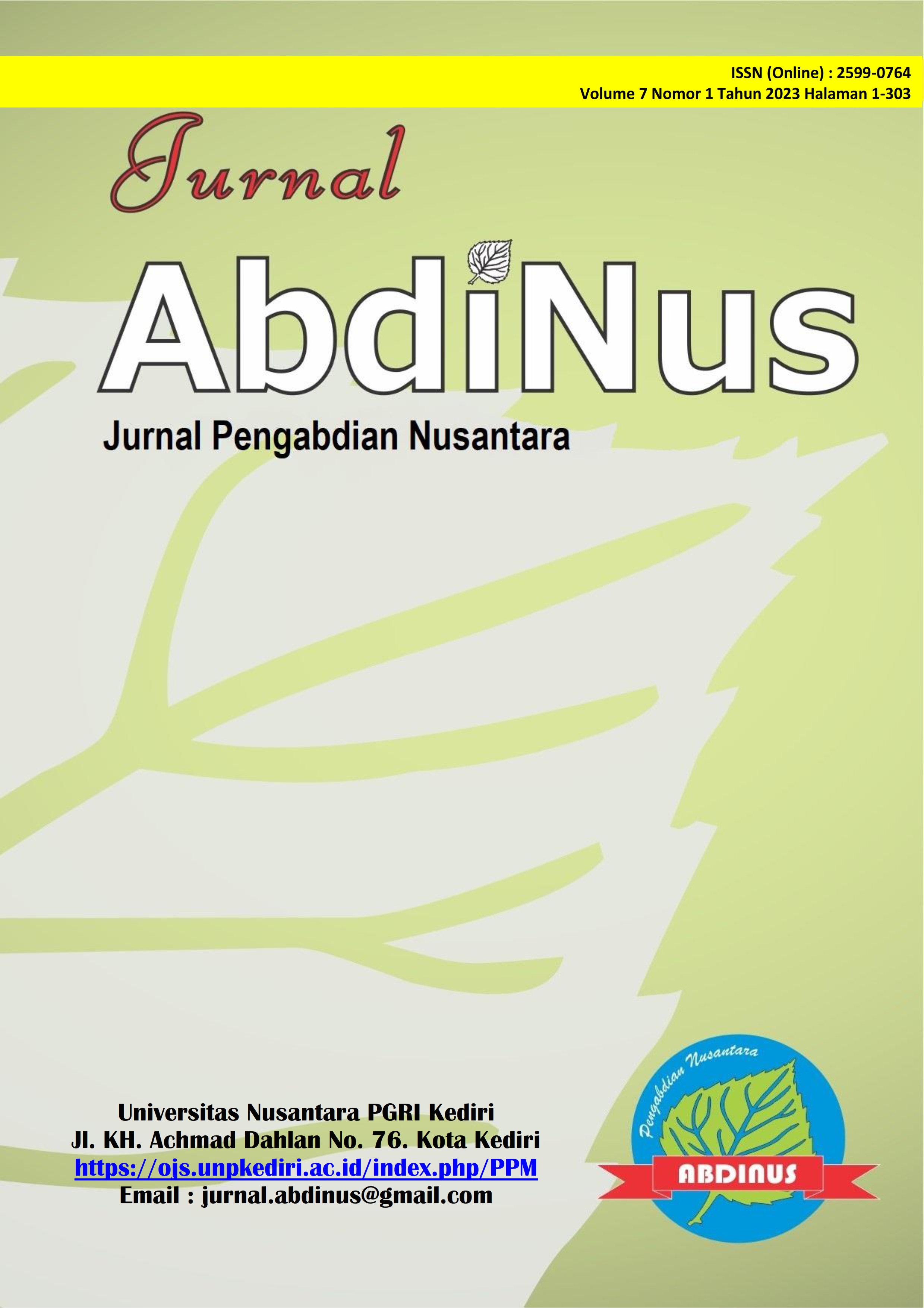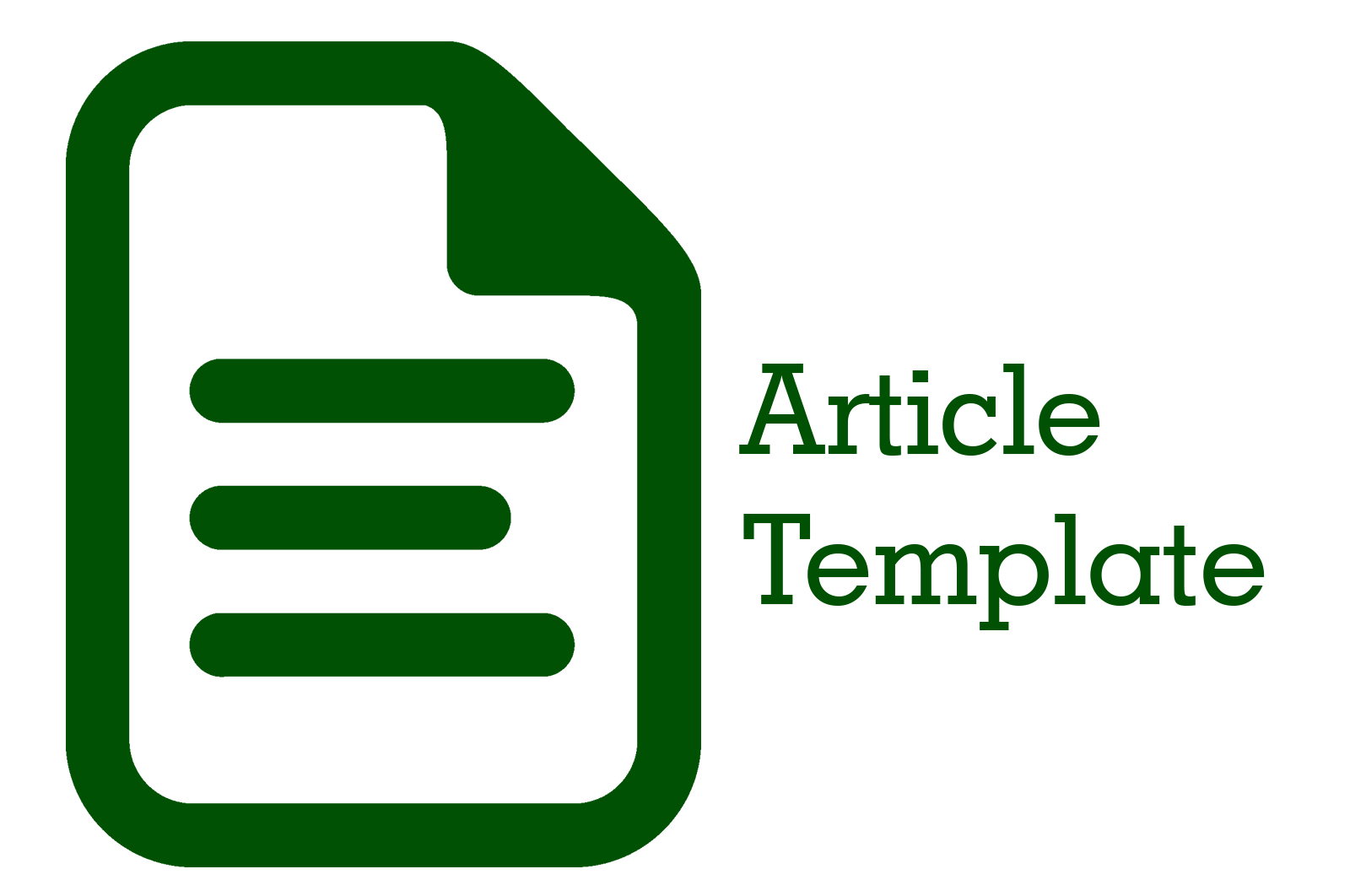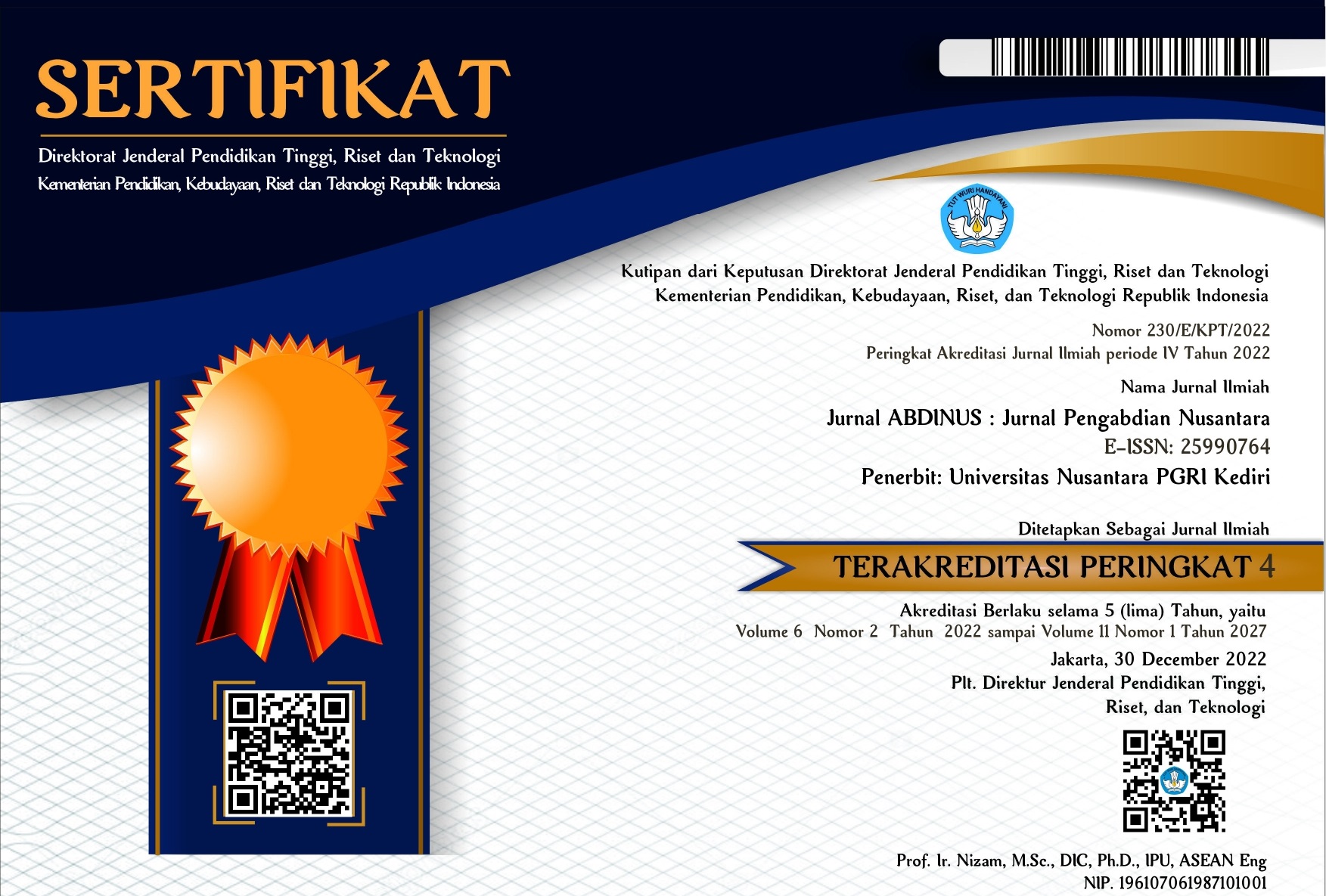Pelatihan Membatik Pewarna Alami dan Pengenalan Teknologi Mordanting Kitosan pada Balai Agung Cendana Semaki, Yogyakarta
DOI:
https://doi.org/10.29407/ja.v7i1.16173Keywords:
Handmade Batik, Natural Dyeing, ChitosanAbstract
The strategic plan for the development of the Semaki area is to develop regional-based economic, social and cultural communities with various training programs. One of which is handmade batik craftsmen who is in UKM Balai Agung Cendana Batik Tulis. The problems are high production costs and the length of production time in making batik. The purpose is to increase the knowledge and capacity of partners in producing batik with natural dyes by introducing natural dyeing technology so as to reduce the stages of the process so as to reduce production costs. Methods and approaches in implementing this activity are counseling and training. Community service activities at Balai Agung Cendana Batik Tulis were able to increase participants' knowledge in drawing motifs, wax painting, dyeing processes, and pre-mordanting with chitosan up to 100%. The batik training provided to the community was also able to improve the community's skills in drawing and painting batik up to 92% and the skills of dyeing fabrics with natural dyes and chitosan mordanting up to 98%.
Downloads
References
Bonet-Aracil, M. Á., Díaz-García, P., Bou-Belda, E., Sebastiá, N., Montoro, A., & Rodrigo, R. (2016). UV protection from cotton fabrics dyed with different tea extracts. Dyes and Pigments, 134, 448–452. https://doi.org/10.1016/j.dyepig.2016.07.045
Evitasari, R. T., & Rahayuningsih, E. (2020). Improving UV Protection of Cotton Fabrics Dyed with Peristrophe bivalvis Extract using UV Absorber. 7(1), 39–47. http://dx.doi.org/10.26555/chemica.v7i1.16355
Evitasari, R. T., Rahayuningsih, E., & Mindaryani, A. (2019). Dyeing of cotton fabric with natural dye from peristrophe bivalvis extract. AIP Conference Proceedings, 2085(March). https://doi.org/10.1063/1.5095033
Evitasari, R. T., Rahayuningsih, E., & Mindaryani, A. (2020). Application of Chitosan and Catechin to improve color intensity and UV Protection in the dyeing of cotton fabrics with natural dyes from Peristrophe bivalvis. 4th International Conference on Engineering and Applied Technology. http://eprints.uad.ac.id/37465/
Huang, L., Xiao, L., & Yang, G. (2018). Chitosan Application in Textile Processing. Current Trends in Fashion Technology & Textile Engineering, 4(2), 32–34. https://doi.org/10.19080/ctftte.2018.04.555635
Kelurahan Semaki (2019) “Gambaran Umum Kelurahan Semaki,”. Available: https://semakikel.jogjakota.go.id/page/index/gambaran-umum.
Parmono, K. (2016). Nilai Kearifan Lokal Dalam Batik Tradisional Kawung Kartini Parmono. Fakultas Filsafat Universitas Gadjah Mada Yogyakarta, 1(1).
Phan, K., Van Den Broeck, E., Van Speybroeck, V., De Clerck, K., Raes, K., & De Meester, S. (2020). The potential of anthocyanins from blueberries as a natural dye for cotton: A combined experimental and theoretical study. Dyes and Pigments, 176, 108180. https://doi.org/10.1016/j.dyepig.2019.108180
Pujilestari, T. (2015). Review : sumber dan pemanfaatan zat warna alam untuk keperluanindustri. Dinamika Kerainan dan Batik, 32(2), 93–106. http://dx.doi.org/10.22322/dkb.v32i2.1365
Shahid-ul-Islam, Butola, B. S., & Roy, A. (2018). Chitosan polysaccharide as a renewable functional agent to develop antibacterial, antioxidant activity and colourful shades on wool dyed with tea extract polyphenols. International Journal of Biological Macromolecules, 120, 1999–2006. https://doi.org/10.1016/j.ijbiomac.2018.09.167
Vankar, P. S., & Srivastava, J. (2010). Evaluation of anthocyanin content in red and blue flowers. International Journal of Food Engineering, 6(4). https://doi.org/10.2202/1556-3758.1907















